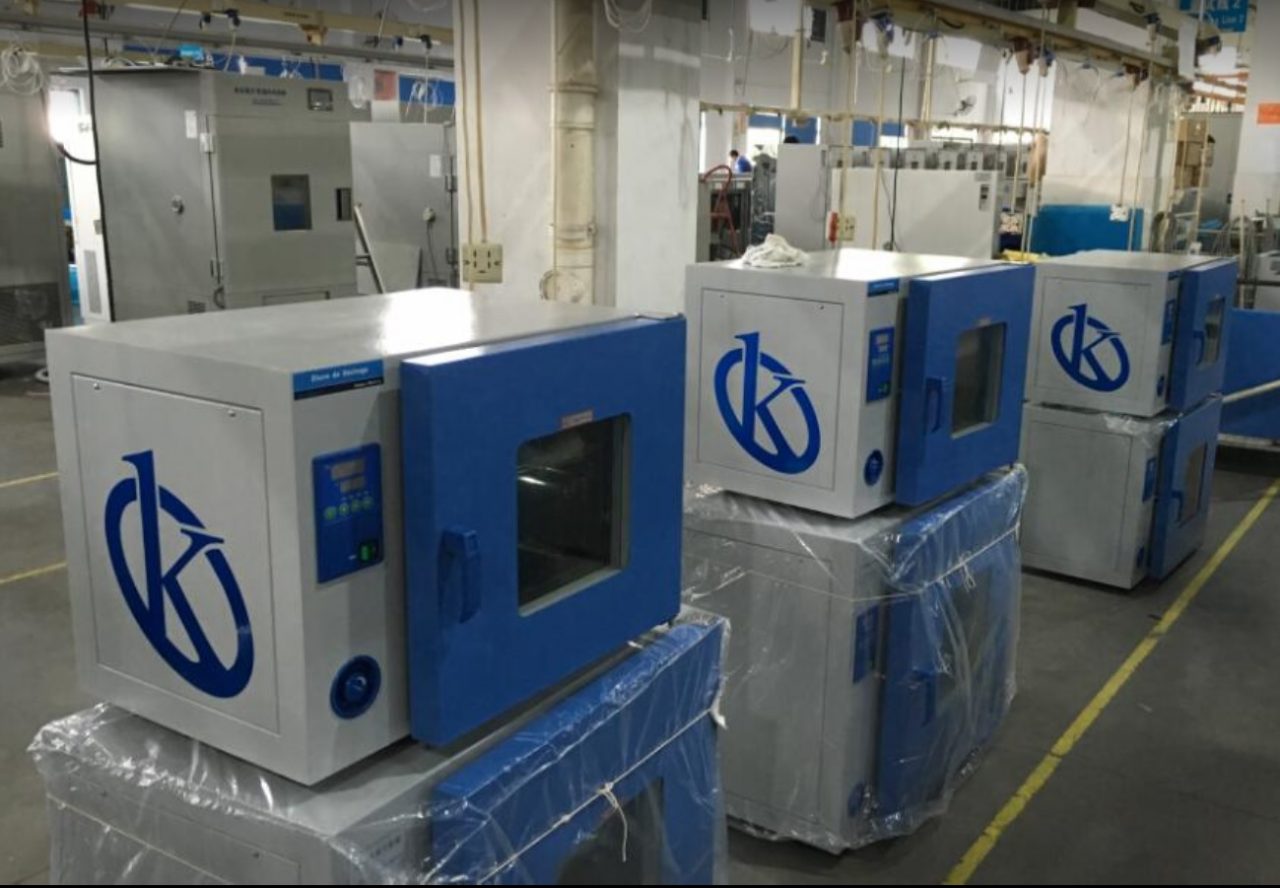Among the great variety of equipment needed to carry out the many activities of a laboratory, we can highlight the use of the ovens or drying and heating ovens, basic equipment that are often used quite often.
The laboratory ovens is an instrument used to sterilize and dry glass or metal containers used in laboratory work. With its use, it is possible to remove all moisture from the packaging regardless of its type of manufacture, since it is a chamber with a cavity that has a higher temperature than the room temperature.
General characteristics of the laboratory ovens
Laboratory ovens have a number of characteristics that allow them to differentiate from the rest. To help you choose the one that’s best for you, it’s important to know the general features they offer:
- They can be obtained in different sizes for the realization of different industrial processes.
- They are completely made of stainless steel, thus guaranteeing their durability.
- They are usually composed of an internal camera that has three trays, on which the different instruments are placed.
- They can have an LCD screen to be able to monitor the drying and sterilization process better. They also have buttons and dials to be able to configure them.
What should be considered when choosing a laboratory ovens?
The laboratory ovens are specially designed with an interior stainless steel chamber, which ensures that they can control temperatures that can range from room temperature to 300°C.
It is also very important to keep in mind that nowadays we can find different types of models, being analog or digital.
Laboratory ovens are made with the aim of being able to perform different thermal applications of high forced volume, ensuring that at all times a uniform temperature is provided throughout the process. These are not only used for heating or drying, but also used for sterilization.
It is also vital to take into account that there are different types of ovens, among which we can highlight:
- Vacuum Oven: These ovens are used when working with hygroscopic and temperature-sensitive substances. The ovensis responsible for creating a vacuum to lower the pressure below the water vapor pressure, so they are usually used during the drying processes that are more delicate.
- Mechanical convection ovens: These ovens are specially designed to maintain a uniform temperature while offering faster heating or drying. These models are usually assisted by a fan that helps keep the temperature uniform.
- Gravity convection ovens: these are ovens used when there is no need to maintain a uniform temperature. They are perfect when the substance that will be heated can be interrupted by airflows.
What are the most common uses given to laboratory ovens depending on their type?
- Convection ovens by gravity and forced air: they are used to dry samples that have weight before and after drying.
- Gravity convection ovens: these are widely used in biological laboratories to eliminate different microbiological contaminants.
- High temperature, gravity, vacuum or mechanical mechanical convection ovens : these ovens are usually used in pharmaceutical, forensic and clinical laboratories.
- Vacuum ovens: perfect for working with materials that need an inert atmosphere.
- Multi-purpose forced air ovens: used for drying and sterilizing metal and glass materials.
What advantages do laboratory ovens offer?
Laboratory ovens often offer some rather interesting improvements that allow working more effectively in laboratories. For example, they are usually quiet and efficient models, and can be placed in different places within the work area.
These ovens are responsible for removing any moisture in the instruments or containers of glass or metal of the laboratories. They are useful for removing contaminating microorganisms (viruses, bacteria) using the heat they generate.
At Kalstein we offer you an excellent range of ovens, ideal for your laboratory. That’s why we invite you to take a look at the “Products” menu. HERE

